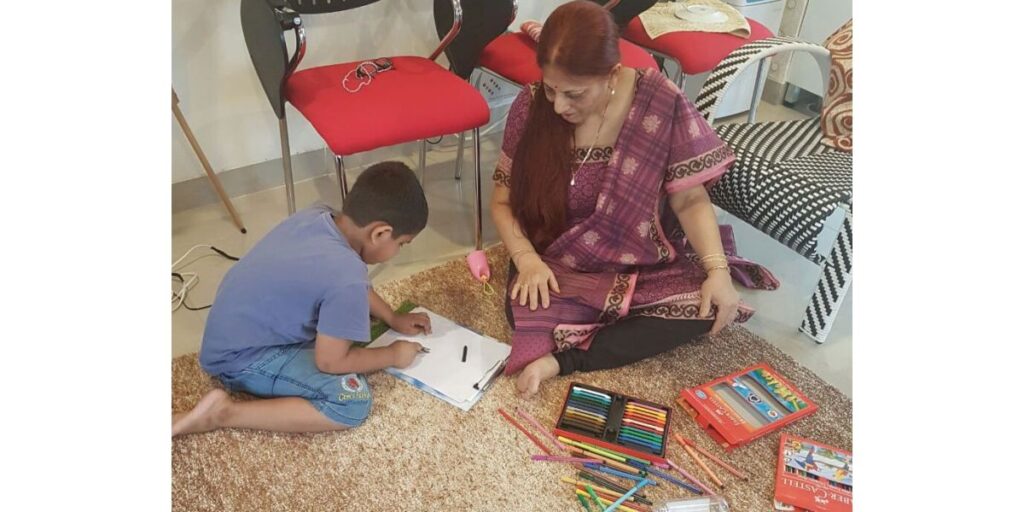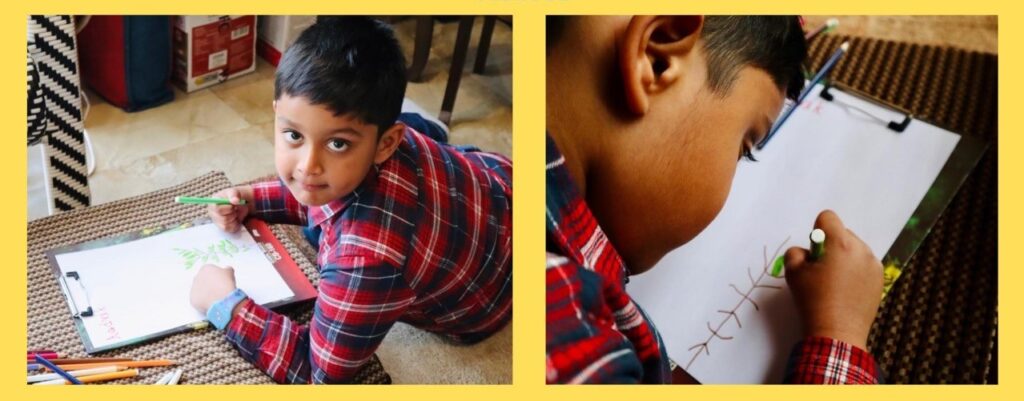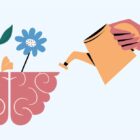Anyone who has spent time on their art knows what a cathartic experience it can be. Art can be an escape from the everyday world, while also allows you to express your feelings and work through issues. Spending time creating art can be a cathartic and useful outlet to express emotions. Art therapy is used as a method for inner work and healing for victims of trauma and people who are working through a difficult time in their life.

Famous artists like Van Gogh, Edvard Munch, Salvador Dali used their art to work through their turmoil and found ways in their art work to deal with it.

Edvard Munch (known for the famous painting, ‘The Scream’)- After a difficult childhood, Munch began using his inner turmoil to create art saying “in my art, I attempt to explain life and its meaning to myself.” He suffered from deep depression during his lifetime, and his art often reflected events that happened to him. He was certainly never shy about expressing his inner turmoil, and his work is often expressive and dramatic. After having a complete nervous breakdown, he was hospitalized for eight months, and after this period of rest, his art became more optimistic.

Vincent van Gogh (famous painting, “The Starry Night”)- Recent studies have shown that Vincent van Gogh may have suffered from bipolar disorder, and his artwork, although colourful, often reflects his emotional pain. His story is well-known by anyone with an interest in art history. Despite wanting to be a pastor, Van Gogh’s life was deeply affected by mental illness, and he went through bouts of depression. He often coped with this through his art, and he drew the people and places that influenced his life.
One does not have to be an artist as famous as Van Gogh, Dali or Munch. Art can be a fantastic way to reduce stress, regardless of artistic experience or talent.
Understanding Art Therapy and how it can aid in mental health
Art therapy involves the use of art to promote health and wellness. The creative process is based on the belief that self-expression can help you resolve inner conflicts and problems, develop interpersonal skills, manage behaviour, lessen stress, and increase your self-awareness.
During the art therapy process, a trained specialist guides the client’s experience through the use of counselling techniques and different types of artistic expressions.
‘The creation of (an artwork) provides the client and therapist with a concrete form depicting something of the client’s experiences with which both client and therapist can engage.’ -Wood, MJM, 1988. p.1.
Art therapy can be used in conjunction with traditional individual therapy, group therapy, marriage and family therapy, and cognitive behavioural therapy techniques.

Mental health issues where Art Therapy can help-
- Anxiety disorders
- Eating disorders
- Substance abuse (relapse prevention)
- Depressive disorders
- Stress-related issues
- Anger-related issues
Benefits of Art Therapy
Art therapy provides a way to gain insight and understanding through self-expression. The fears and other emotions that often accompany panic disorder can be hard to express through words alone, so the creative process of art therapy can help you tap into and express deep feelings non-verbally.
- Improved psychological stability
- Improved quality of life
- Changes in brain patterns reflecting a calm, focused state of attention
- Thicker and more developed gray matter areas in the brain
- Development of neural pathways in your brain that enable you to create and focus on creativity
- Reduced cognitive avoidance in which you become less aware of what you are thinking and doing when experiencing psychological distress
- Improved intuition and trust in your own body (how you are feeling and what it means)
- Increased emotional awareness
- Increased sense of control and ability to share inner thoughts
- Improved awareness of underlying issues that have been hidden
- Ability to communicate abstract feelings
- Increased self-esteem and self-acceptance
- Improved attention span
Here are some ways that creating art can help alleviate stress:
•Self-care- devoting time to yourself with your art to express how you feel.
•Helps you tap into a “state of flow” -Some psychologists describe flow as becoming deeply engrossed in an activity. Similar to meditation, flow can improve performance and lower stress levels. You may experience flow when you’re practising an instrument, playing a sport, gardening, writing, painting, or drawing.
•Takes your mind off things: Creating art can take your mind off of whatever is stressing you, at least for a few minutes. It’s difficult to keep ruminating on your problems when you’re focused on creating. If your problems stay with you, you can incorporate them into your creations. Once you’re done, you should have a clearer head with which to tackle your problems again.
Art Therapy Can Take Place in a Variety of Settings
Inpatient offices, private mental health offices, schools, and community organizations are all possible settings for art therapy services.

Additionally, art therapy may be available in other settings such as:
- Colleges and universities
- Community centres
- Elementary schools and high schools
- Homeless shelters
- Old Age homes
- Hospitals
- Residential complexes
Engaging in creative endeavours on your own may be a great way to combat stress and practice self-care. To get started in art therapy, you will need a qualified art therapist to help you in the healing process.

At Society for Complementary Therapies, we guide you through the process of Art Therapy and inner work healing. Here are some areas where we use Art Therapy-
- Medical illness
- Mental Health Issues
- Couples counselling
- Grief therapy
- Stress management
- Group/team building exercises
Please contact us via email or phone to know more about Art Therapy.




Recent Comments